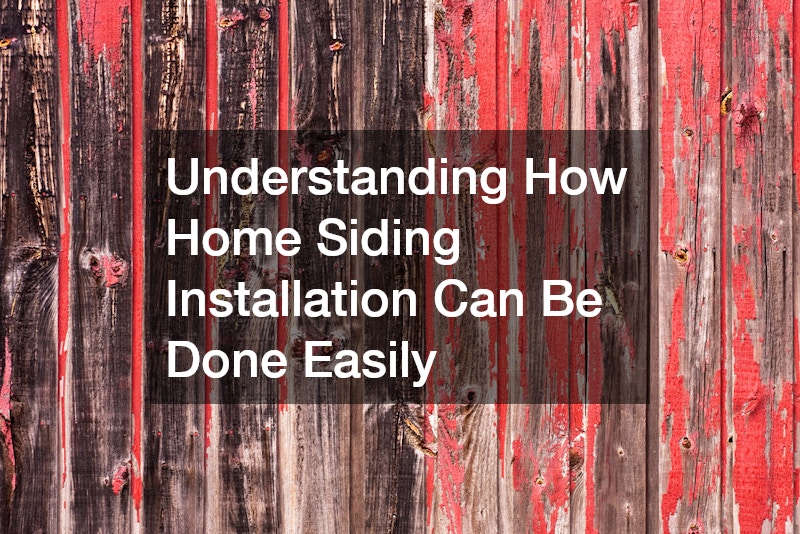Home siding installation can be a manageable task with the right tools and techniques. Begin by gathering essential tools: a carpenter square, tin snips, a level, a hammer, and flathead shingle nails.
Start by installing corner caps and a vinyl starter strip at the base of the wall. The starter strip provides a secure base for the first piece of vinyl siding, which should slide in loosely to allow for expansion and contraction.
The vinyl panels come in lengths of 10 or 12 feet and interlock with one another as you work upwards.
When nailing the vinyl, avoid hammering the nails all the way in. Leave them slightly protruding to accommodate the vinyl’s natural expansion due to heat. This also prevents the vinyl from becoming too tight, which can cause issues over time.
Ensure each panel overlaps correctly to hide seams and create a smooth appearance. Check the level frequently to maintain alignment, and make minor adjustments as needed. The vinyl should be loosely fitted to allow water to drain through the release holes at the bottom.
Measure each panel by the inside of the channel and adjust by about a quarter inch on each end to ensure a proper fit without forcing the panel into place. By following these steps and regularly checking your work, home siding installation becomes easy.
.



